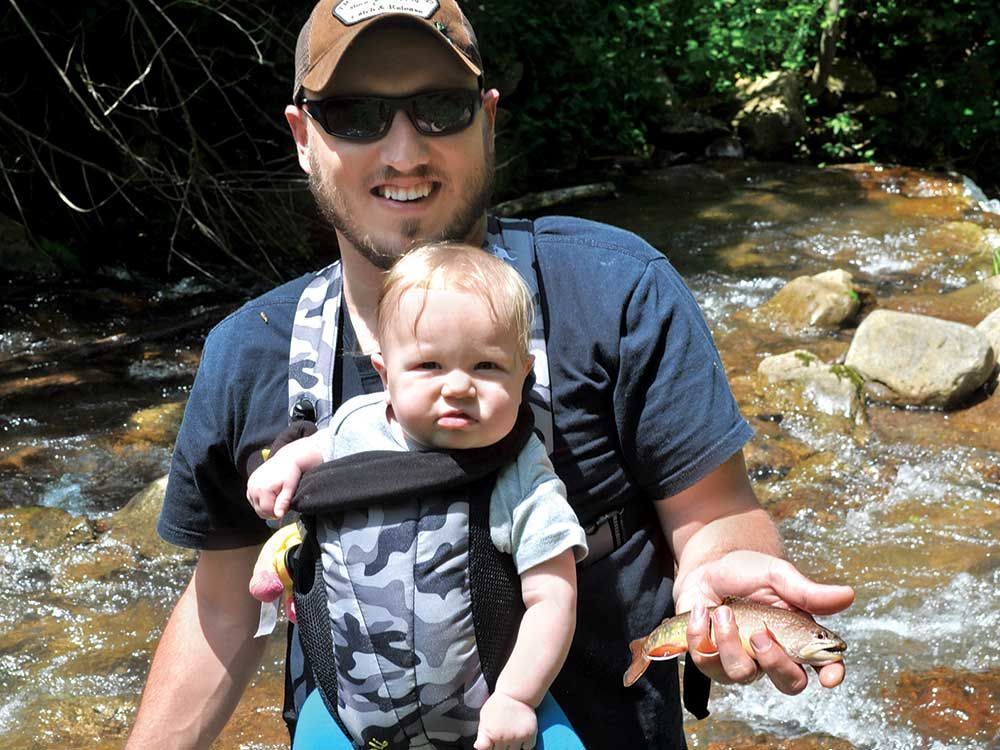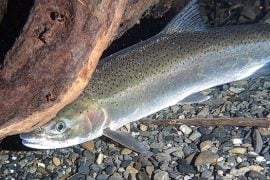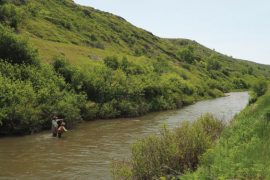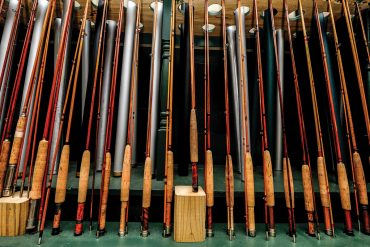
Asking another angler to reveal his hotspot is the ultimate breach of fishing etiquette, and I was guilty—a heinous blunder at first handshake. Impressively, Dustin Wichterman avoided the clichéd if-I-tell-you-I’ll-have-to-kill-you response. Instead, he pointed generally into the hills surrounding our campground in West Virginia’s Eastern Panhandle.
“Up there. It’s not far, just a short drive,” he says. “I want to show you a few places where we’ve been doing some work.”
The “up there” of Wichterman’s narrative were trout streams, approximately 100 “patches” of which lay within the region generally referred to as the Potomac Headwaters. A patch—or a stretch of stream where genetically interconnected populations of brook trout live—can be as short as ¼ mile or measure 10 miles. As the Potomac Headwaters program manager for Trout Unlimited, Wichterman, along with a staff of 13 and a long list of partners, has been working side-by-side with area landowners to restore degraded brook trout habitat. The Home River Initiative is an attempt to reconnect isolated headwater populations of native fish with main-stem rivers in an effort to increase the size and health of the native fish populations. That’s the soulless, biological explanation. Wichterman’s true motivation is more deeply felt.
“When your daughter looks at you and asks if you’ll take her to the water, your heart melts and your spirit celebrates,” says the 31-year-old, as he ties on an Eastern Green Drake. “That’s really why I work for Trout Unlimited—our missions align. And the places where natives live need help.”
The drive was indeed a short one, and the single-file walk to the first nameless stretch of stream and plunge pool even shorter.
“We just need…





